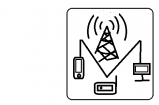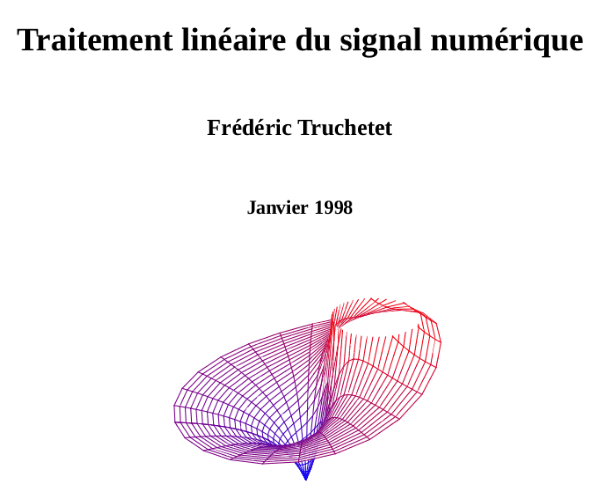Algorithms
This book is intended to survey the most important computer algorithms in use today,
and to teach fundamental techniques to the growing number of people in need of
knowing them. It is intended for use as a textbook for a second course in computer
science, after students have acquired basic programming skills and familiarity with computer
systems. The book also may be useful for self-study or as a reference for people engaged in
the development of computer systems or applications programs, since it contains implementations
of useful algorithms and detailed information on performance characteristics and
clients. The broad perspective taken makes the book an appropriate introduction to the field.
the study of algorithms and data structures is fundamental to any computerscience
curriculum, but it is not just for programmers and computer-science students. Everyone
who uses a computer wants it to run faster or to solve larger problems. The algorithms
in this book represent a body of knowledge developed over the last 50 years that has become
indispensable. From N-body simulation problems in physics to genetic-sequencing problems
in molecular biology, the basic methods described here have become essential in scientific
research; from architectural modeling systems to aircraft simulation, they have become essential
tools in engineering; and from database systems to internet search engines, they have
become essential parts of modern software systems. And these are but a few examples—as the
scope of computer applications continues to grow, so grows the impact of the basic methods
covered here.
Before developing our fundamental approach to studying algorithms, we develop data
types for stacks, queues, and other low-level abstractions that we use throughout the book.
Then we survey fundamental algorithms for sorting, searching, graphs, and strings. The last
chapter is an overview placing the rest of the material in the book in a larger context.




